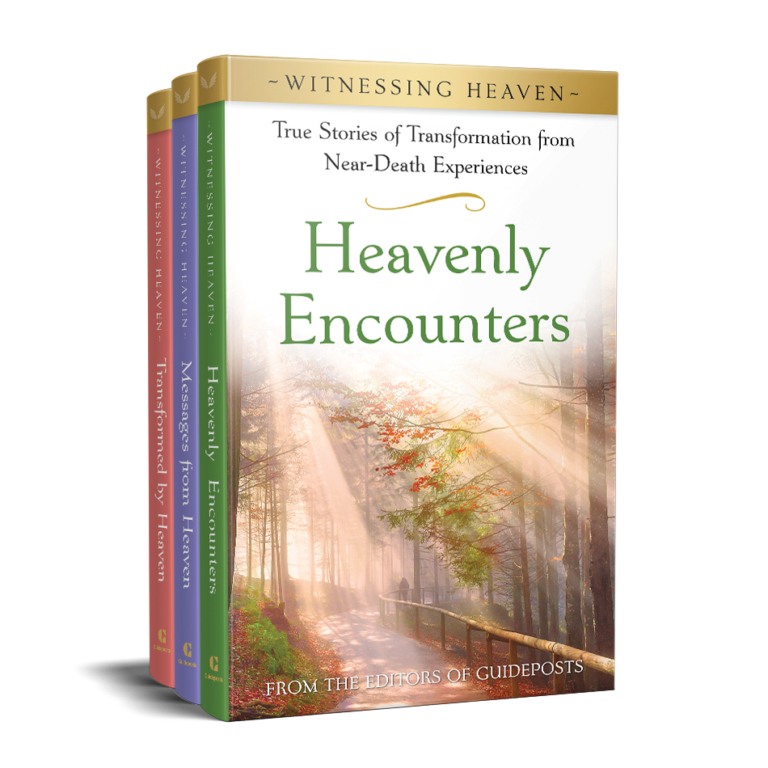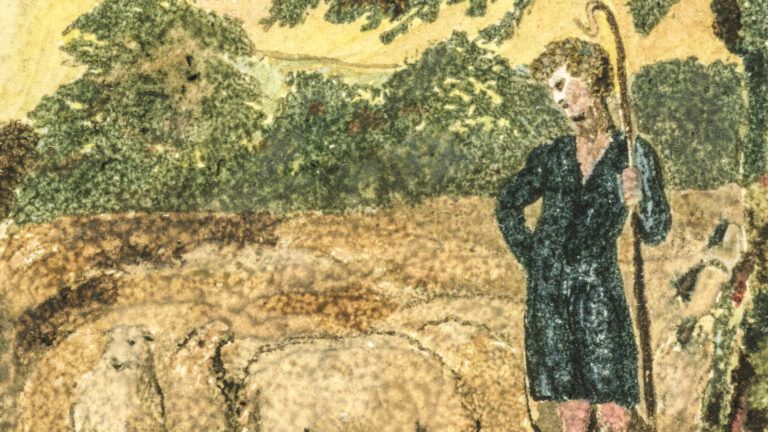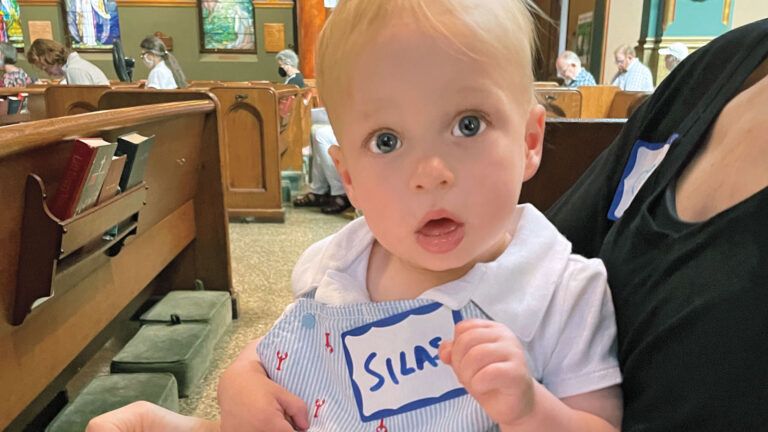Has a visit to church ever changed your life? Countless such visits have influenced my faith, whether gazing at the windows of Chartres Cathedral or sitting in a small country chapel.
Imagine what it would be like to be a brilliant philosopher—from a French family of prominent intellectuals, including a brother who was a renowned mathematician—whose political convictions lead you to labor alongside factory workers and fight against fascism in the Spanish Civil War. Then, in your late twenties, you wander into a shrine in the Italian town of Assisi, where Saint Francis had his own mystical experiences. Falling to your knees, you are transported.
This was the spiritual trajectory of Simone Weil (1909–1943). First came her call to service. Then came her call to faith. It’s the opposite of what we usually expect from deeply spiritual people—and it makes her faith journey all the more fascinating to explore.
When Weil’s life was tragically cut short by tuberculosis in the middle of World War II, she was barely known. Yet her transcendent writings have since come to light, raising the philosopher, activist and mystic to the status of an unofficial modern saint.
A quick glance at some of her thoughts and maxims is enough to know the depths of her heart and soul: “Everything beautiful has a mark of eternity.” “Absolutely unmixed attention is prayer.” “Love is not consolation, it is light.” “Compassion directed to oneself is humility.” “We must not wish for the disappearance of any of our troubles, but grace to transform them.”
Born into an agnostic family of Jewish heritage in 1909, Weil faced her own troubles right from the start. Like many saints of old, she was plagued by fragile health. She had a near-fatal attack of appendicitis as a child and endured frequent excruciating headaches throughout her life. Still, in solidarity with society’s less fortunate, she would push herself by eating sparingly, forgoing sleep and working herself to exhaustion.
Even as a youngster, she refused to eat any sugar during World War I, choosing to suffer the same deprivation as soldiers in the trenches.
Twenty-five years later, during World War II, she wouldn’t take more than the rations of a citizen in occupied France. Though she might have been denying herself physically, she was feeding her soul.
Weil’s family was loving and supportive but practiced no specific belief. She was a stellar student at a French university, then became a philosophy teacher. All the while, she attended political demonstrations, which furthered her controversial reputation as an activist at the secondary schools where she taught. Her support for workers came from an altruistic concern for the poor. She needed to do more. She took a leave of absence from teaching to immerse herself more fully in the cause, working in factories to know the laborers’ lives firsthand. She didn’t just speak out about their suffering; she made sure she experienced it.
Her first glimmer of faith came on a trip to Portugal, where she had gone for more factory work. She witnessed an impoverished seaside village celebrating its patron saint, the wives of the fishermen carrying candles on a moonlit night, singing ancient hymns. “I have never heard anything so poignant,” she later wrote, “unless it were the song of the boatmen on the Volga.”
Next came that profound visit to Assisi. Ever since Saint Francis walked its narrow streets, the hilltop town has been a pilgrim destination, a so-called thin place where God feels near. But Weil’s visionary experience didn’t happen in the impressive fresco-lined basilica illustrating the life of Saint Francis or in the piazza where he famously relinquished his rich clothes to follow Jesus. Instead, it was in a Romanesque chapel within a church at the bottom of the hill where Francis and his followers would gather and pray.
“Something stronger than I was compelled me for the first time in my life to go down on my knees,” she would later say. A brilliant woman discovering something bigger than thought, bigger than life, bigger than herself. She was open to humbling herself before God, absorbing his wonders, igniting her faith.
Back in France, she spent ten days at a Benedictine abbey, attending services from Palm Sunday to Easter Tuesday. There she met an Englishman who recommended the seventeenth-century metaphysical poet George Herbert. She turned to his work. His poem “Love III” moved her deeply and spoke directly to her soul:
Love bade me welcome: yet my
soul drew back,
Guilty of dust and sin.
But quick-eyed Love, observing
me grow slack
From my first entrance in.…
How extraordinary to consider this woman with her superior intellect and training discovering that God is love. It became the only thing that made sense to her. In the years ahead, when France was overcome by the Nazis and Weil and her loved ones were in grave peril because of their Jewish heritage, she found solace and comfort in this love.
In 1942, she and her family escaped war-torn Europe and sailed to the United States, making their home in an apartment on Riverside Drive in New York City (not far from the church our family attends). But love was still calling her, moving her, pushing her. She wanted to do something to save the world from its turmoil. She could have stayed in the United States, where it was safe, but she was determined to help the Allied cause with her linguistic skills, fluent as she was in English and French. She wanted to go to England to work for the Free French, under the leadership of General Charles de Gaulle.
Risking her life, she once again crossed the U-boat–infested waters of the Atlantic, commenting that if the ship were hit and sunk, it would be a sort of baptism for her, a holy rite of passage.
She landed safely in England and immediately poured herself into the Allied cause, working to exhaustion as usual.
Alas, Weil wasn’t able to help for long. At a time when effective antibiotics for tuberculosis were just beyond the medical horizon, TB was destroying her lungs, and she had to take refuge in a sanatorium, where she died at age 34. So young, but a life so deeply lived. I think of her as a saint for our times, engaged in the world in all its complexity while being open to the mystical experiences, thriving on God’s love.






